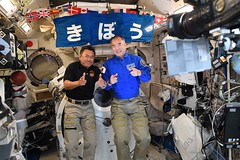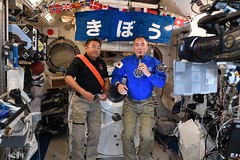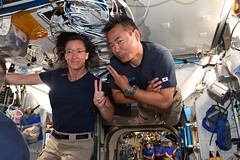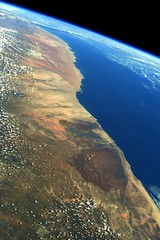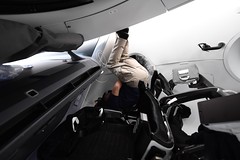Japanese Kibo module
jeudi 6 mai 2021 à 20:39Thomas Pesquet posted a photo:
It’s called “international” for a reason! On top of our European-made Columbus module, and American, Canadian and Russian elements, we have a Japanese module called Kibo. It was kept in perfect working order by Soichi and the departing crew-1, and now Aki will take over the baton. Note all the flags (and the rugby balls)! :)
On ne l'appelle pas Station spatiale internationale sans raison ! En plus des multiples équipements américains, russes, canadiens, et bien sûr européens avec le module Columbus, elle comprend le laboratoire japonais Kibo. Ce dernier a été parfaitement entretenu par Soichi, et Aki vient de reprendre le flambeau.
Credits: ESA/NASA–T. Pesquet
607A2834
